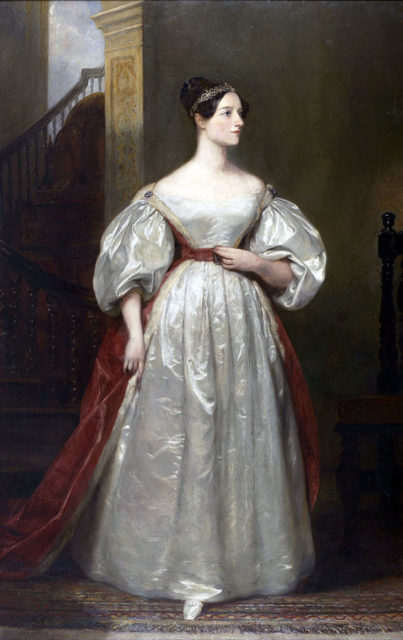
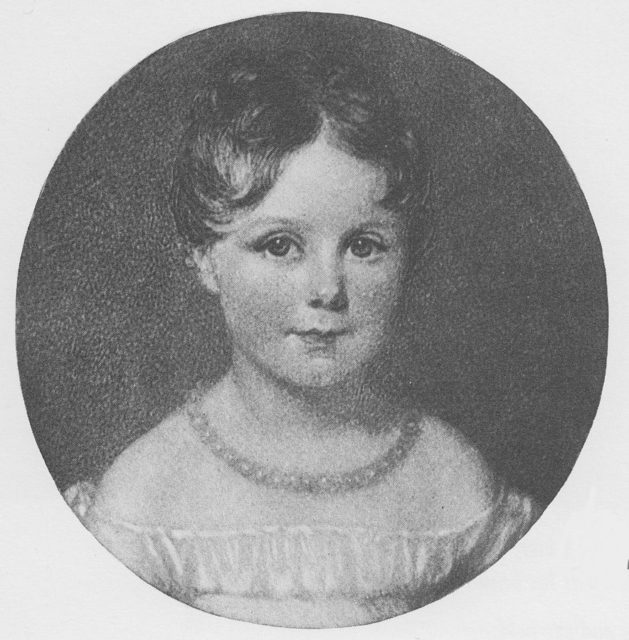
Throughout her childhood, Ada would suffer various health issues like measles, headaches, and walking problems. Worried that Ada would inherit her father’s insanity, Lady Milbanke would perhaps be too overprotective during her daughter’s upbringing, going so far as to move her out of their house in London. She never saw her father and he died when Ada was 8 years old.
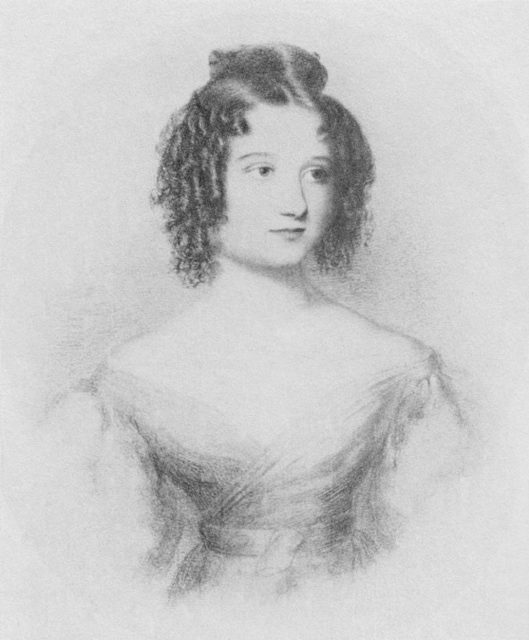
To thwart Lord Byron’s influence over Ada, her mother kept encouraging her to study mathematics, logic, and science, just like the Lady herself, who was also adept at mathematics. In February 1828, Ada commenced in a youthful attempt at flying. The flying invention was intended to carry the pilot on its back. Her first step was to construct wings, and the procedure of construction was highly methodical and thoughtful for such a young age, considering various materials like wires, feathers, paper, and silk, and even integrating steam into the invention.
Often surrounded by English noblemen and famous people because of her own nobility and reputation, she socialized with many interesting characters such as Michael Faraday and Charles Dickens. She was introduced into court at age 17 and married William, 8th Baron King, in 1835, becoming Lady King and afterward taking the title Countess of Lovelace. Her husband was very supportive of Ada’s love for science. They had three children: Byron, Anne Isabella, and Ralph Gordon.
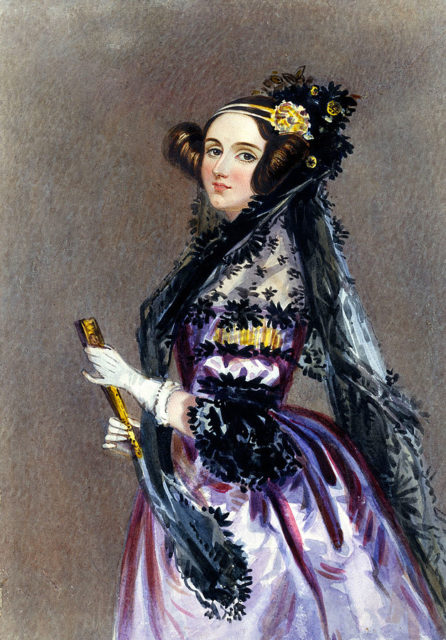
Her education was mostly private tutoring, and her mother would often recruit adept math teachers and scholars. William Frend, William King, Mary Somerville (a Scottish astronomer and mathematician who was one of the first women to be admitted into the Royal Astronomical Society), as well as other mathematicians were at her mother’s disposal in her quest to give Ada a proper education.
She began studying advanced mathematics at the University of London with professor Augustus de Moran. It was not usual for a woman to be schooled like Ada, since most girls from that era were taught and prepared for motherly tasks and obligations, as opposed to mathematics and science.
She first met Charles Babbage in 1833 through Mary Somerville. Charles Babbage was her mentor and was also an inventor, philosopher, mechanical engineer, and the two would become friends. Ada was fascinated by Babbage’s ideas. He is known as the father of the computer, and he invented a machine which was meant to perform mathematical calculations.
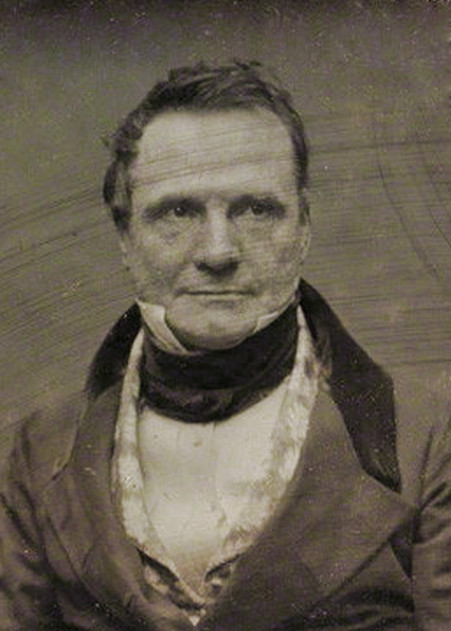
She had a chance to look at the so called “difference engine” prior its completion and was captivated by it. At a dinner party, she heard about Babbage’s ideas for a new calculating engine dubbed “The Analytical Engine”, which used punch cards as a method of input and output. He asked the question, what if a calculating engine could not only foresee but could act on that foresight? Ada was intrigued by the “universality of his ideas” and this would cause a spark of new and unusual concepts.

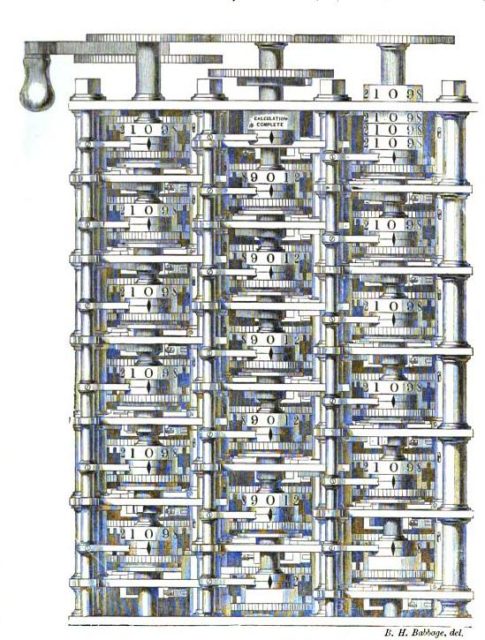
She wrote: “…that the analytical engine might act upon other things besides number, were objects found whose mutual fundamental relations could be expressed by those of the abstract science of operations… Supposing, for instance, that the fundamental relations of pitched sounds in the science of harmony and of musical composition were susceptible of [mathematical] expression and adaptations, the engine might compose elaborate and scientific pieces of music of any degree of complexity or extent.”
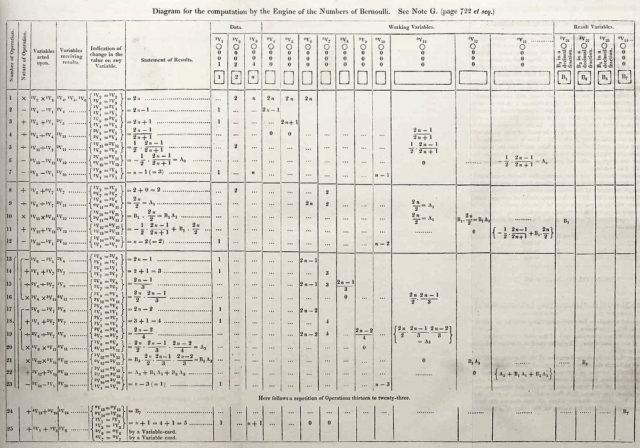
She actually foresaw that the machine could translate various pieces of content like music, pictures, texts and symbols, into a final digital form. A blueprint of computing and marvel of mathematics. She dubbed her approach “poetic science”, as a symbolic marriage of her father’s poetic imagination and her mother’s logic and nerve for number crunching.
Sadly, her work garnered little attention while she was alive and she suffered serious health problems with asthma and had episodes of hallucinations and mood swings. Reportedly, Charles Dickens read to her while she was bedridden. She died from uterine cancer on November 27, 1852, in London. She was buried next to her father in Nottingham, England.

